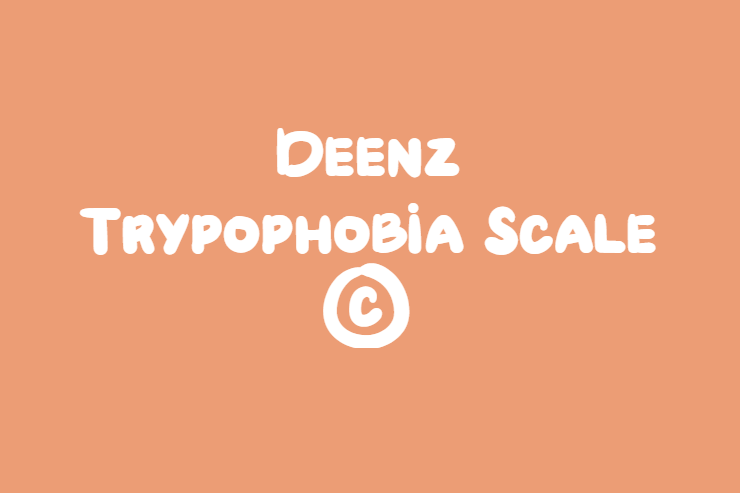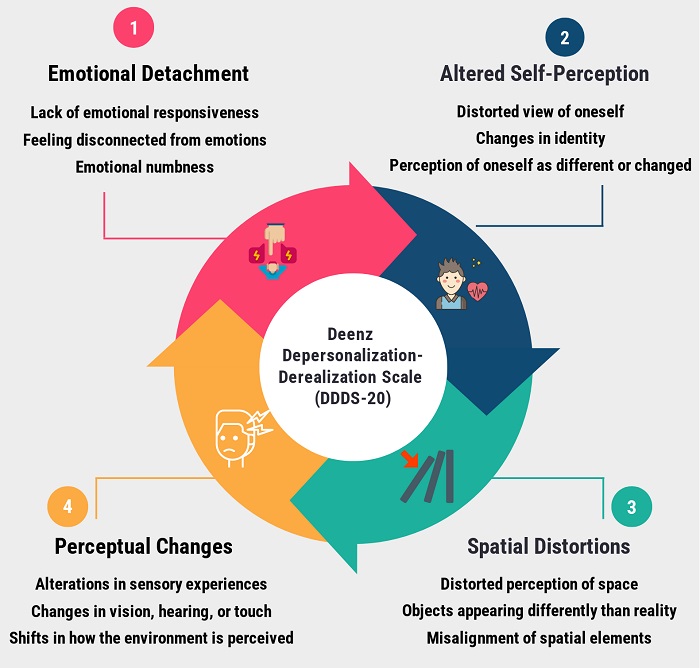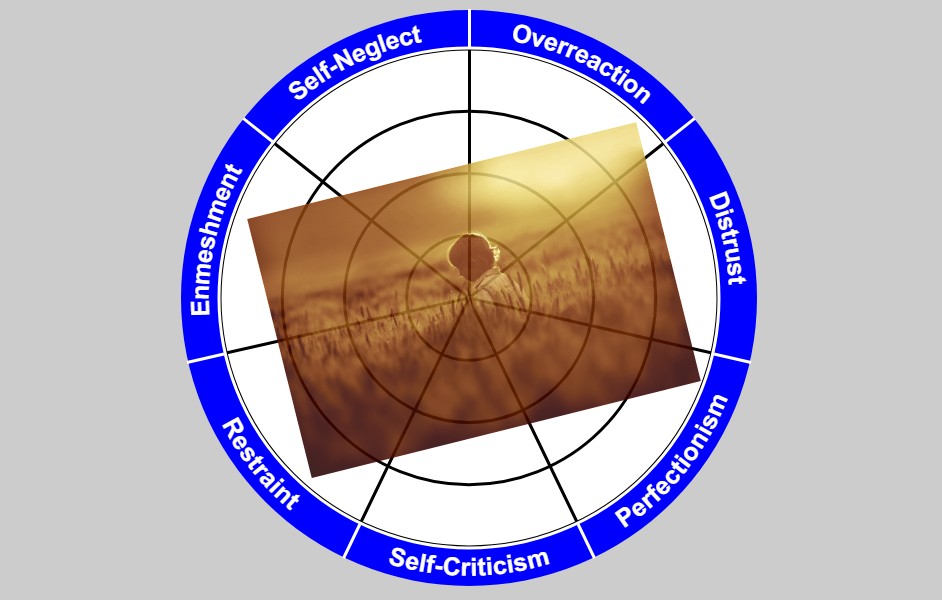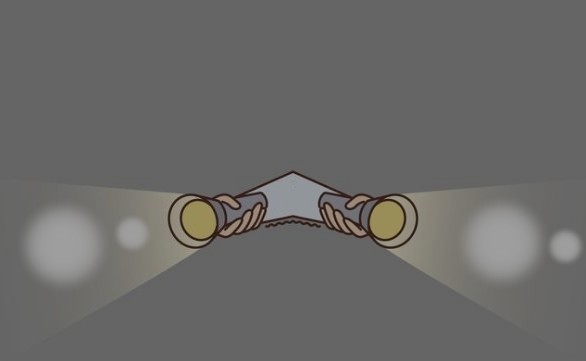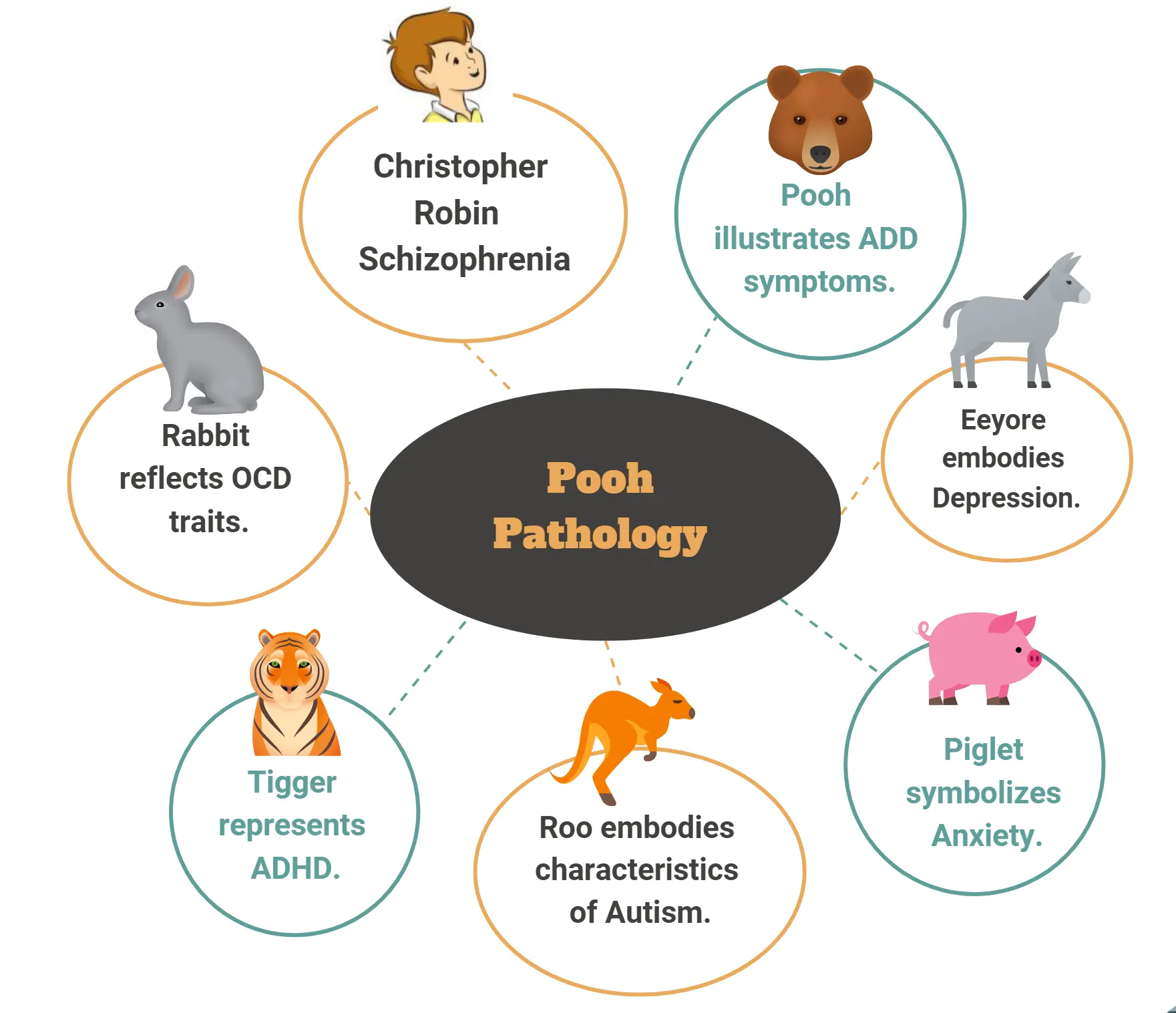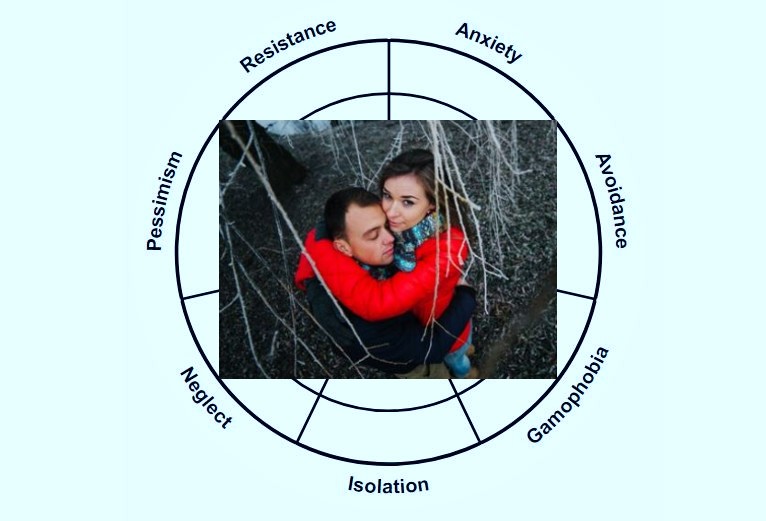Trypophobia is the fear of holes, patterns, and clusters, psychologists consider trypanophobia as a subtype of specific phobia. Trypophobia is not listed or considered as a psychiatric disorder but over the years researchers have made significant progress in understanding the triggers and general dynamics of Trypophobia.
Deenz Trypophobia Scale is an 18-item picture-based self-assessment tool. The purpose of the scale is to measure the intensity, severity, and impact of one's social and psychological well-being. Below are the 18 pictures, for each item you need to indicate your level of discomfort.
How did you feel when you saw the image?
Trypophobia Test is the computerized version of Deenz Trypophobia Scale ©. DTPS-18 is widely used self-assessment tool to measure the likelihood, severity and impact of trypophobia. This tool is provided for educational purposes only. some people may find images disturbing and may cause anxiety related symptoms.
What is trypophobia?
Trypophobia is a strong fear or aversion to small holes and bumps, the person who has trypophobia feels discomfort and anxiety when they see objects which have irregularly shaped holes or bumps. Trypho has been derived from the Greek word “trypta” which means holes. Tryphophobia is not officially recognized as a mental health condition in the DSM-5. Sometimes symptoms may be so severe that the person may experience distress and anxiety.
How do you test for trypophobia?
Trypophobia is not recognized as a mental health problem and there is not cretria outlined for the diagnosis so there is no test required for tryphophobia but there are several self-tests available which claims to help find out if you are suffering from trypophobia. These tests are not accurate and should not be used for self-diagnosis. Deenz trypophobia scale may help you to find out the intensity or severity of the tryphobiopia but it can not be used as a self diagnosis. It can, however, assist you in understanding whether your symptoms are severe enough to require professional intervention.
What to do if you have trypophobia?
If you have got a very high likelihood of having the tryphophobia from this self-test then remember that this test is not a diagnostic tool you must consult a mental health professional for proper evaluation. If the professional finds out that your symptoms are sever and it is impacting you daily life then do not worry there are treatment options available. The most effective treatment for trypophobia is exposure therapy. We again suggest that your first step must be to get help from a mental health professional if the symptoms are so sever that they impact your daily life.
What images trigger trypophobia?
Any type of image with bumps and holes can trigger trypophobia symptoms, causing individuals to feel distressed, leading to nausea, vomiting, and anxiety. In this test, there are 18 images designed not to have a severe impact on a person’s emotional state. We display each image for only 16 seconds. According to our research, when individuals with trypophobia were presented with an image featuring holes for 3 seconds, it did not significantly affect their emotional state. However, in some cases, it triggered short-lived anxious thoughts.
